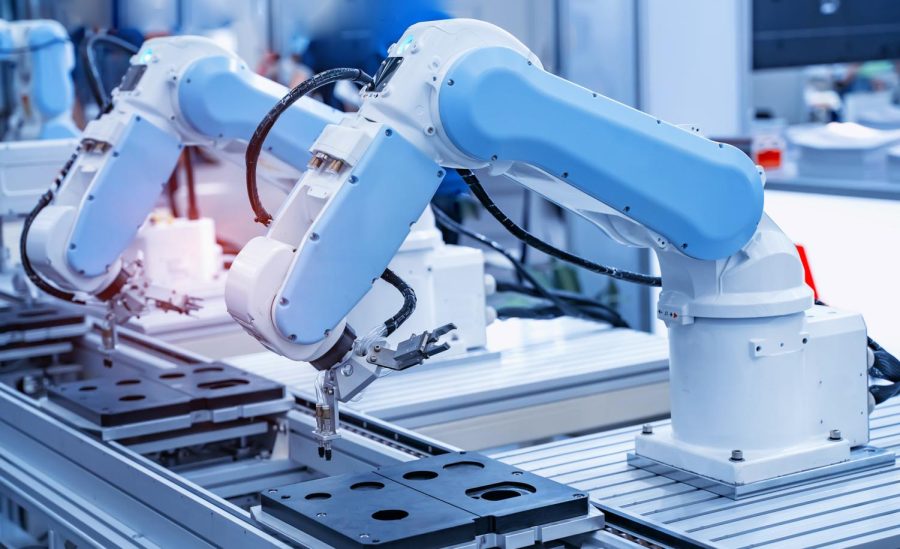Opinion | Automation is good for the economy
Automation is not the job killer it is made out to be.
October 2, 2022
American workers should look forward to working with robots because this will increase economic productivity and open up a plethora of future employment opportunities.
Automation, or the idea that workers will be replaced by robots, has a dystopian connotation to it. Certain corners of the American workforce feel anxious that technological innovations in robotics will put workers out of employment.
In fact, even economists, such as the esteemed Darron Acemoglu, have published papers showing there is a correlation between robots being introduced in industry and depreciation in wages and the number of jobs within that industry.
But as anyone who has taken an introduction to statistics class knows, correlation does not equal causation.
More recent empirical work has shown there is no causal link between automation and industrial decline. Instead, it is more likely that automation within an industry would cause increases in employment opportunities and wages in industries that are more likely to adopt them.
In short, automation causes long-term economic growth, leading to workers gaining more employment opportunities and wage growth.
This maxim and the results of evidence can best be explained by economic theory. Particularly by the Solow-Swan model.
The Solow-Swan model postulates that for a country’s economy to achieve long-term economic growth, that economy must constantly increase its savings and investment rates. This would lead to the capital stock of a country to climb, thus increasing economic growth.
To unpack this definition, savings and investment rates refer to how much disposable income households save or invest. Capital stock refers to the equipment and assets needed to produce a product.
The second and more important aspect of what the Solow-Swan model attempts to answer is how increasing the savings and investment rates would increase capital stock.
It is from here that the model concludes that an increase in savings and investments would allow for firms to make technological innovations. These technological innovations cause more capital stock to be produced and are more efficient than previous capital stock.
To bring this back to robots, the Solow-Swan model explains that an increase in automation would positively impact the growth of the capital stock. This leads to more employment opportunities and higher wages for the labor force.
When grocery stores and supermarkets began to introduce self-checkout stands, many labor activists were up in arms, arguing that these kiosks would eliminate the need for cashiers and thus eliminate millions of jobs.
The story that the labor activists told did not come to fruition. After years of self-checkout, it was found that the kiosks actually complemented the work human employees partook in, as it allowed them to partake in other tasks.
Furthermore, it led to firms paying their workers more in wages, seeing that they were able to increase their productivity.
This effect can also be seen in other countries such as South Korea and Germany. These countries have higher rates of automation compared to the U.S., and their economies are humming along just fine.
The real world is not science fiction. Robots will not take all of our jobs and force humans into destitution. Rather, like most instances of technological advancement, automation will improve the quality of life for most humans by facilitating the next wave of long-term economic growth.
Columns reflect the opinions of the authors and are not necessarily those of the Editorial Board, The Daily Iowan, or other organizations in which the author may be involved.














